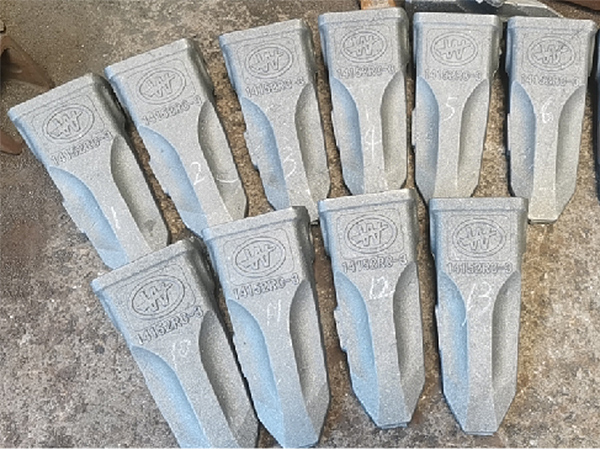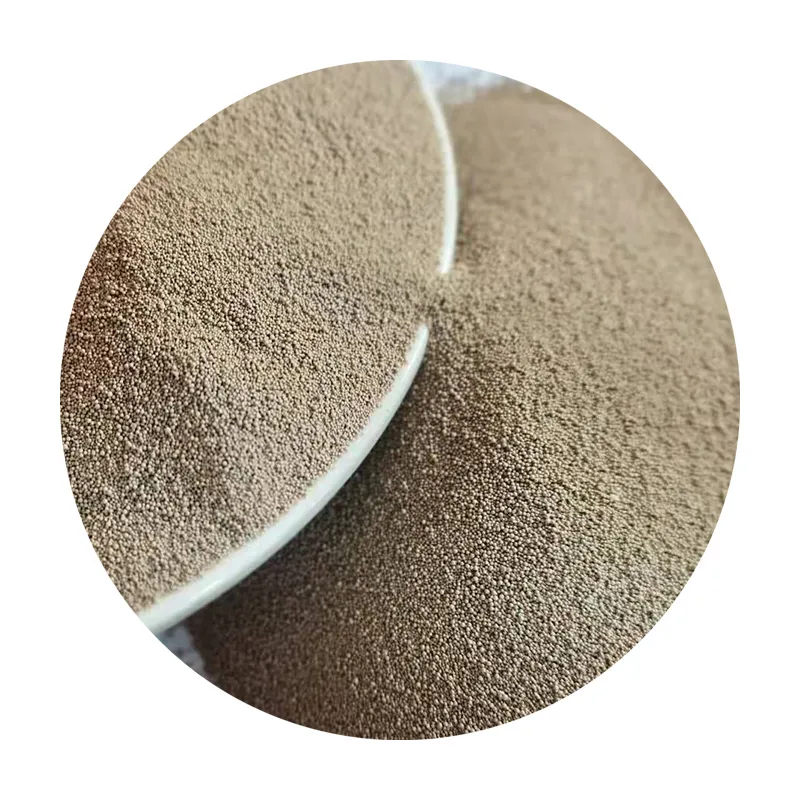- Introduction to Rapid Sand Castling and Its Industrial Relevance
- Data-Driven Impact: Efficiency and Cost Analysis
- Technical Advantages Over Alternative Methods
- Manufacturer Comparison: Key Players in the Market
- Custom Solutions for Diverse Industrial Needs
- Real-World Applications and Success Stories
- Why Rapid Sand Casting Dominates Modern Manufacturing

(rapid sand casting)
Introduction to Rapid Sand Casting and Its Industrial Relevance
Rapid sand casting has emerged as a cornerstone of modern manufacturing, particularly for industries requiring high-speed, low-cost prototyping and medium-volume production. Unlike traditional methods, this process leverages automated mold-making systems, reducing lead times by up to 60% while maintaining dimensional accuracy within ±0.5mm. Its adaptability across alloys—from aluminum to ductile iron—positions it as a critical solution for automotive, aerospace, and heavy machinery sectors.
Data-Driven Impact: Efficiency and Cost Analysis
Recent studies reveal that rapid sand casting
delivers 45% lower per-unit costs compared to die casting for batches under 5,000 units. Key metrics include:
| Parameter | Rapid Sand Casting | Die Casting | Permanent Mold |
|---|---|---|---|
| Production Speed | 72 hrs | 24 hrs | 120 hrs |
| Unit Cost (1k units) | $8.20 | $14.50 | $22.80 |
| Surface Finish (Ra) | 6.3 μm | 1.6 μm | 3.2 μm |
| Tooling Investment | $3k-$7k | $30k-$80k | $15k-$40k |
Technical Advantages Over Alternative Methods
Where die casting struggles with large components (>50kg), rapid sand casting accommodates weights exceeding 200kg without compromising structural integrity. The process eliminates permanent mold casting’s 15-20% scrap rates through reusable sand molds, achieving 92% material utilization. Additionally, it supports complex geometries unattainable via investment casting, with wall thicknesses as low as 3mm.
Manufacturer Comparison: Key Players in the Market
Leading suppliers like Nemak, Ryobi, and Alcoa have adopted hybrid rapid sand systems, combining 3D-printed sand cores with conventional pouring. Smaller innovators such as ProtoCast Inc. offer niche advantages:
- Nemak: 18% faster cooling cycles via patented sand additives
- Ryobi: AI-driven defect detection reduces QC time by 40%
- ProtoCast: $500 minimum order vs. industry-standard $5k
Custom Solutions for Diverse Industrial Needs
Adaptability defines rapid sand casting’s value proposition. For wind turbine manufacturers, alloy blends with 15% silicon enhance fatigue resistance. Automotive clients benefit from integrated cores producing hollow engine blocks in a single pour. A tier-1 supplier recently achieved zero draft angles on hydraulic valve bodies, eliminating 83% of post-machining steps.
Real-World Applications and Success Stories
Case in point: Volvo Trucks reduced transmission housing costs by 31% after switching from permanent mold to rapid sand casting. Similarly, a defense contractor cut missile component lead times from 14 weeks to 19 days while maintaining MIL-SPEC compliance. These outcomes stem from three core enablers:
- On-demand mold regeneration (4-hour cycle)
- Multi-alloy compatibility (AlSi9Cu3 to GG25)
- Seamless CAD-to-casting workflows
Why Rapid Sand Casting Dominates Modern Manufacturing
As industries prioritize agility, rapid sand casting answers with unmatched flexibility. Its 68% lower NRE costs versus die casting make it ideal for startups and legacy OEMs alike. With sustainability mandates tightening, the method’s 100% recyclable sand aligns with circular economy goals—a factor driving 23% annual market growth through 2030.

(rapid sand casting)
FAQS on rapid sand casting
Q: What is rapid sand casting?
A: Rapid sand casting is a metalworking process that uses expendable sand molds to create complex metal parts quickly. It is ideal for low-to-medium volume production and offers shorter lead times compared to traditional sand casting methods.
Q: What is the main difference between die casting and sand casting?
A: Die casting uses reusable metal molds and high pressure to inject molten metal, enabling high-volume production of precise parts. Sand casting relies on disposable sand molds, making it better suited for larger, less complex components and lower volumes.
Q: How does sand casting differ from permanent mold casting?
A: Sand casting employs single-use sand molds, while permanent mold casting uses reusable metal molds. Permanent mold casting offers better surface finish and dimensional accuracy but is less flexible for complex geometries compared to sand casting.
Q: When should rapid sand casting be chosen over die casting?
A: Rapid sand casting is preferred for prototyping or low-volume orders requiring cost-effective, geometrically complex parts. Die casting is better for high-volume runs where precision and smooth finishes are critical.
Q: What are the advantages of rapid sand casting over permanent mold casting?
A: Rapid sand casting allows faster mold creation, lower tooling costs, and greater design flexibility for intricate shapes. Permanent mold casting excels in higher production consistency and reduced material waste for simpler, high-volume parts.
Next:Sand Casting vs. Investment Casting Key Differences & Process Comparison
